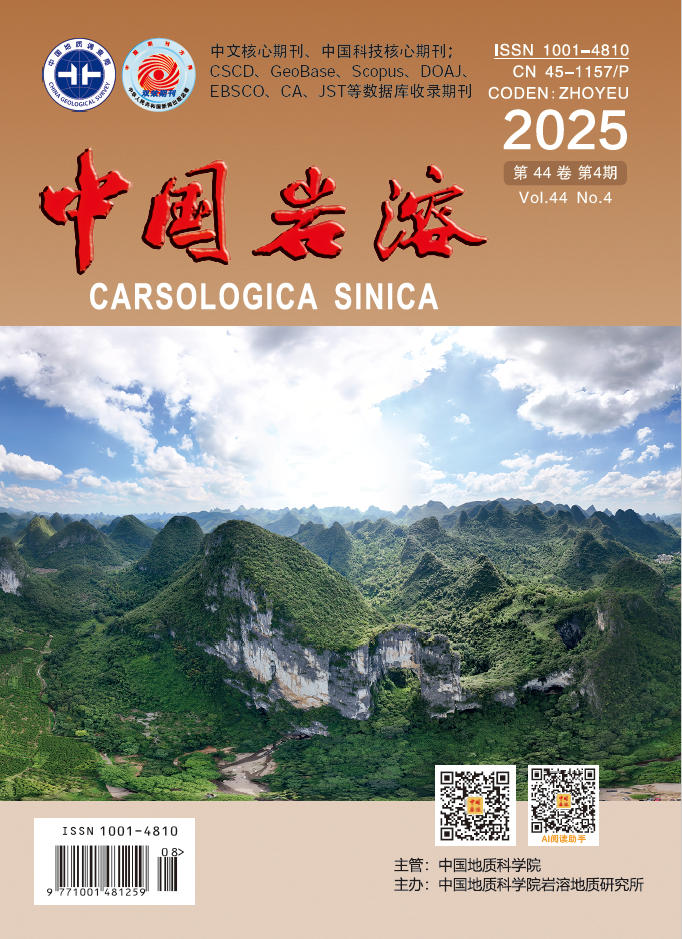2014 Vol. 33, No. 3
Display Method:
2014, 33(3): 263-271.
Abstract:
2014, 33(3): 272-279.
Abstract:
2014, 33(3): 280-287.
Abstract:
2014, 33(3): 288-293.
Abstract:
2014, 33(3): 294-298.
Abstract:
2014, 33(3): 299-307.
Abstract:
2014, 33(3): 308-318.
Abstract:
2014, 33(3): 319-325.
Abstract:
2014, 33(3): 326-337.
Abstract:
2014, 33(3): 338-346.
Abstract:
2014, 33(3): 347-355.
Abstract:
2014, 33(3): 356-362.
Abstract:
2014, 33(3): 363-372.
Abstract:
2014, 33(3): 373-378.
Abstract:
2014, 33(3): 379-385.
Abstract:






